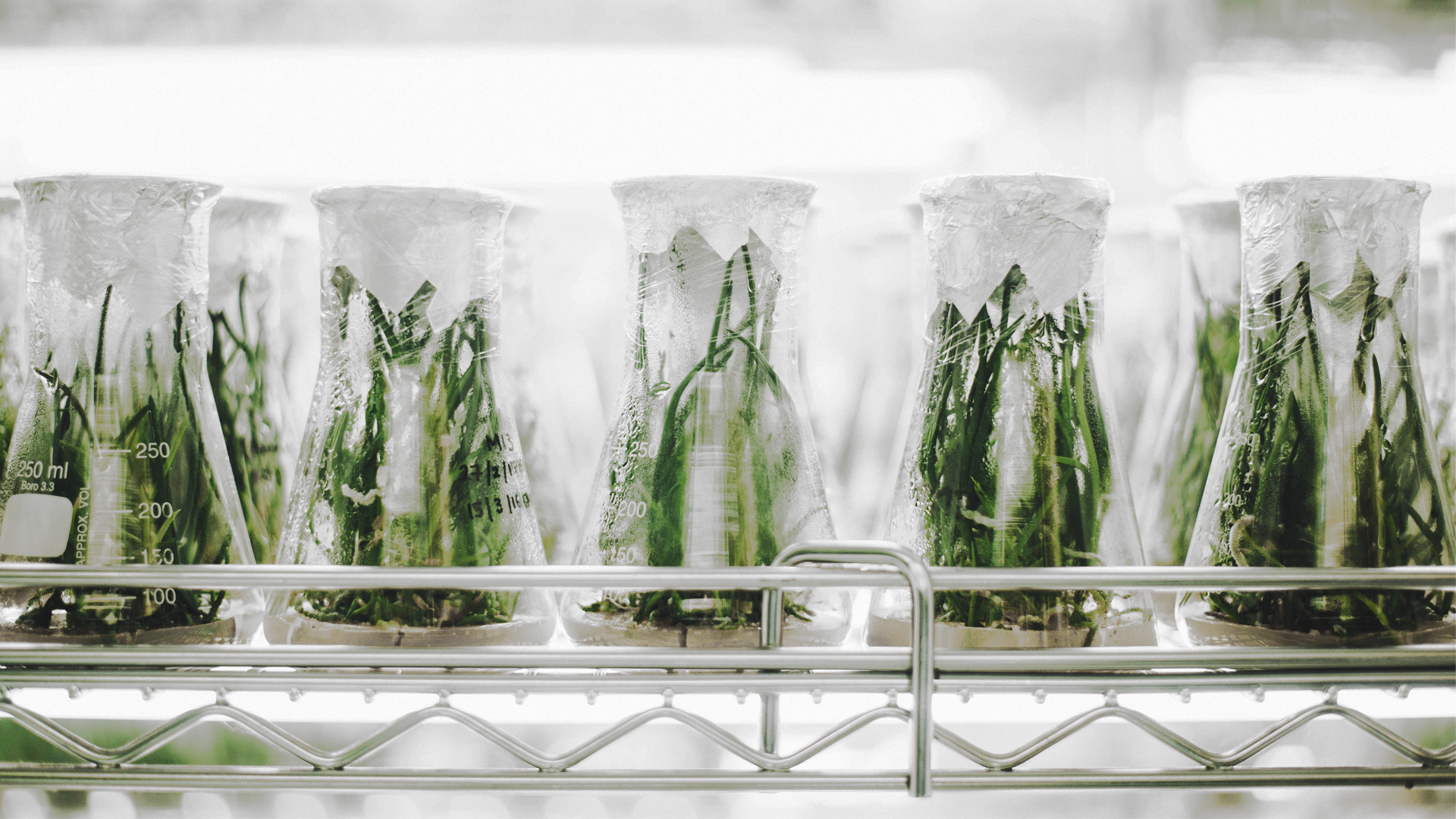In a global bid to end vaccine nationalism, researchers claim tobacco plants may one day hold the key to alleviating both cost and infrastructure barriers.
You wouldn’t currently associate tobacco with any kind of potential medical benefits. According to medical researchers, however, in the next few years we just might.
The Covid-19 outbreak over the last 18 months has exposed glaring gaps in the world’s current vaccine production capacities. Not only do the wealthiest nations continue to hoard the majority of vaccine supplies, they also possess the best technology, human resources, and funds to actually develop them in the first place.
As of August 2021, enough doses have now been administered to fully vaccinate 26.9% of the global population, but the overall rollout has been incredibly lopsided.
The 50 least wealthy nations reportedly make up just 2.1% of this figure, and are being vaccinated at a rate 30 times slower than regions with the highest national incomes.
With the aim of drastically narrowing this disparity, medical researchers have started testing the feasibility of creating plant-based vaccines for people in developing nations. Combined with today’s bio reactive supply, the hope is to eventually reach everyone with potentially lifesaving jabs.
You could call it ‘farmer meets pharmer.’
The drawbacks with traditional vaccines
If you’re unsure of what a bio reactive vaccine is, its basic components are typically produced using mammal, bacteria, and yeast cells before being infected with the viral genetic code. From here, the solution is housed in laboratory controlled environments.
Such vaccine manufacturing is costly and complex, requiring a ton of contamination and quality control. Keep in mind that this doesn’t even take into account transport and storage.
In what’s described as the ‘cold chain,’ these vaccines have to be stored in freezing temperatures as low as -76 degrees Fahrenheit or risk losing their medical integrity. This is obviously a massive barrier for rural communities and countries with limited scientific infrastructure.
As such, science has to find a realistic way of putting vaccine production directly in the hands of those currently underequipped. Right now, the most promising avenue appears to be plant manufactured vaccines.
Although technically there are no plant-based vaccines available for human use, several are in the pipeline and the industry is projected to grow from $40 million to $600 million within seven years.





















